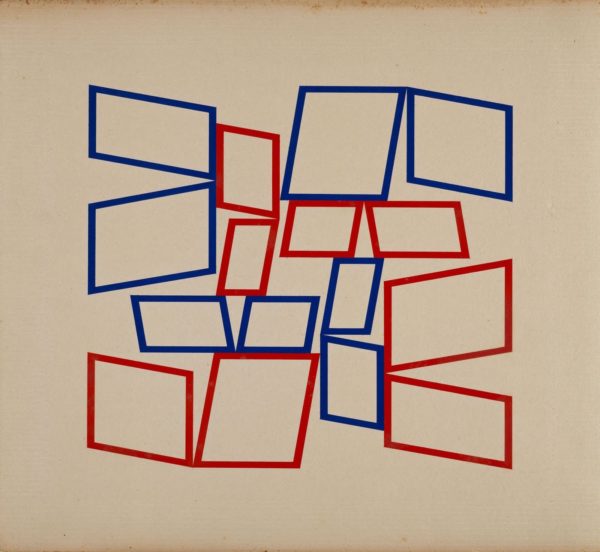
Hélio Oiticica, Tropical Hyperion
Helio Oiticica’s career tells the story of the democratic leap of art off the wall and into life, out of contemplation and into action and experience, from autonomy to involvement, from elite contemplation to democratic participation, from aesthetics to politics. This narrative, which carries the authority of being the story Oiticica himself wanted to tell at one point in his life, is not false. And yet the truth lies elsewhere: closer to the works themselves and, only apparently paradoxically, in the great political crosscurrents that tore through the Brazilian 1960s.












